Young men confront Gender-Based Violence with art
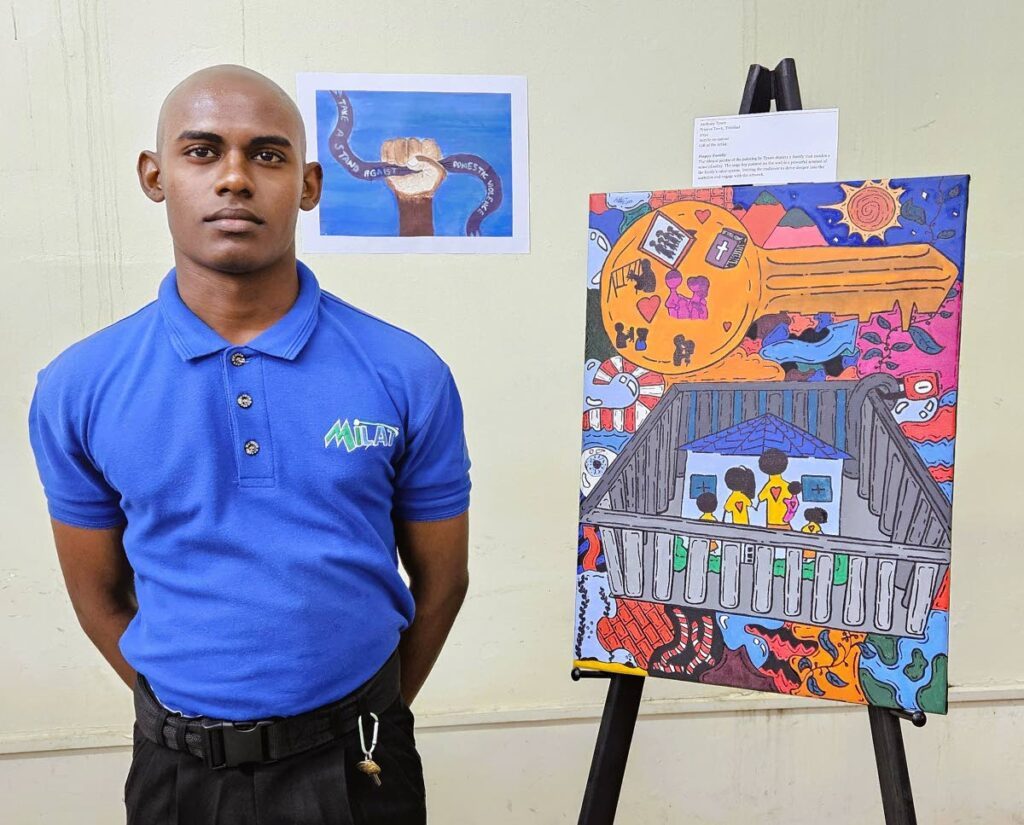
Transformation of the human mind can occur through various mediums, and manifests in behaviour. Recently, a transformative initiative took place that aimed to reshape the perspectives of young men on domestic violence and masculinity.
This initiative was spearheaded by the Coalition Against Domestic Violence (CADV) in collaboration with the Military-Led Academic Training (MiLAT) Programme under the auspices of the Ministry of Youth Development and National Service (MYDNS).
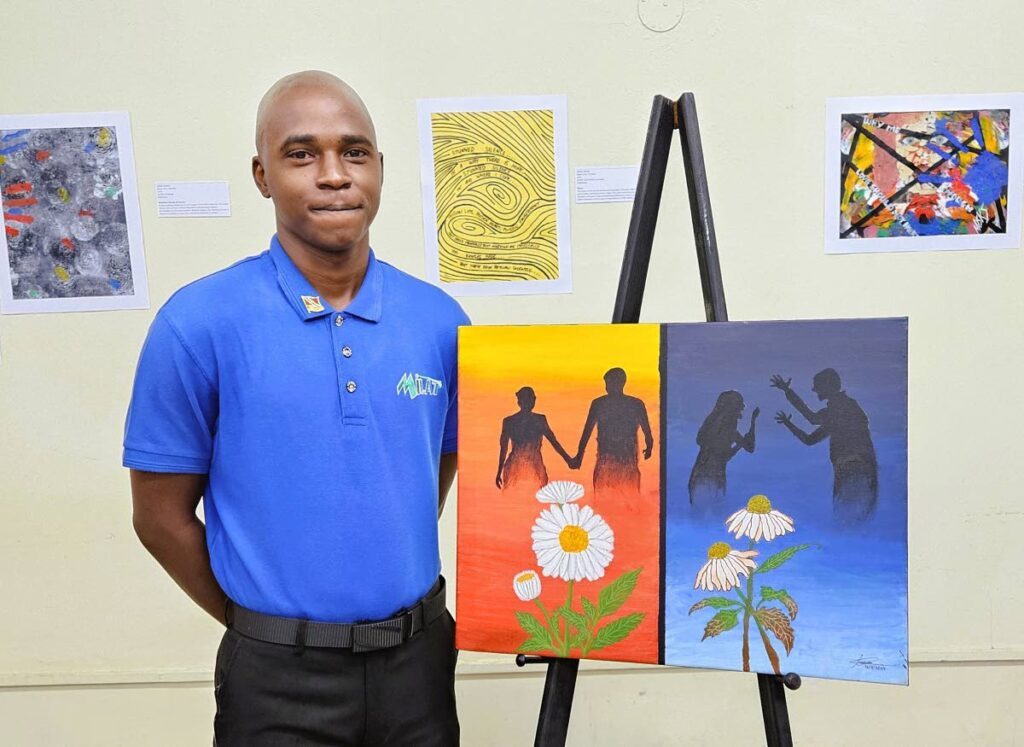
In April 2024, the trainees of intake 2301 embarked on a journey of self-discovery and empowerment, which led to an art exhibition on August 6, at the old Teachers Training College in Mausica.
The initiative was co-ordinated by Marcus Kissoon who titled it, The Colours of Peace Project: Young Men Confronting Gender Based Violence Art Exhibition. His epiphany however, occurred in 2023 after a screening of a poignant short film at Nalis.
Kissoon recognised the urgent need for an intervention to help young cadets unpack their innermost feelings about domestic violence. He envisioned a programme that would not only educate but also empower these young men to challenge and strengthen their masculinity, while embracing more mature and empathetic behaviours. United Way Trinidad and Tobago (UWTT) was approached and readily agreed to facilitate a seminar for the purpose.
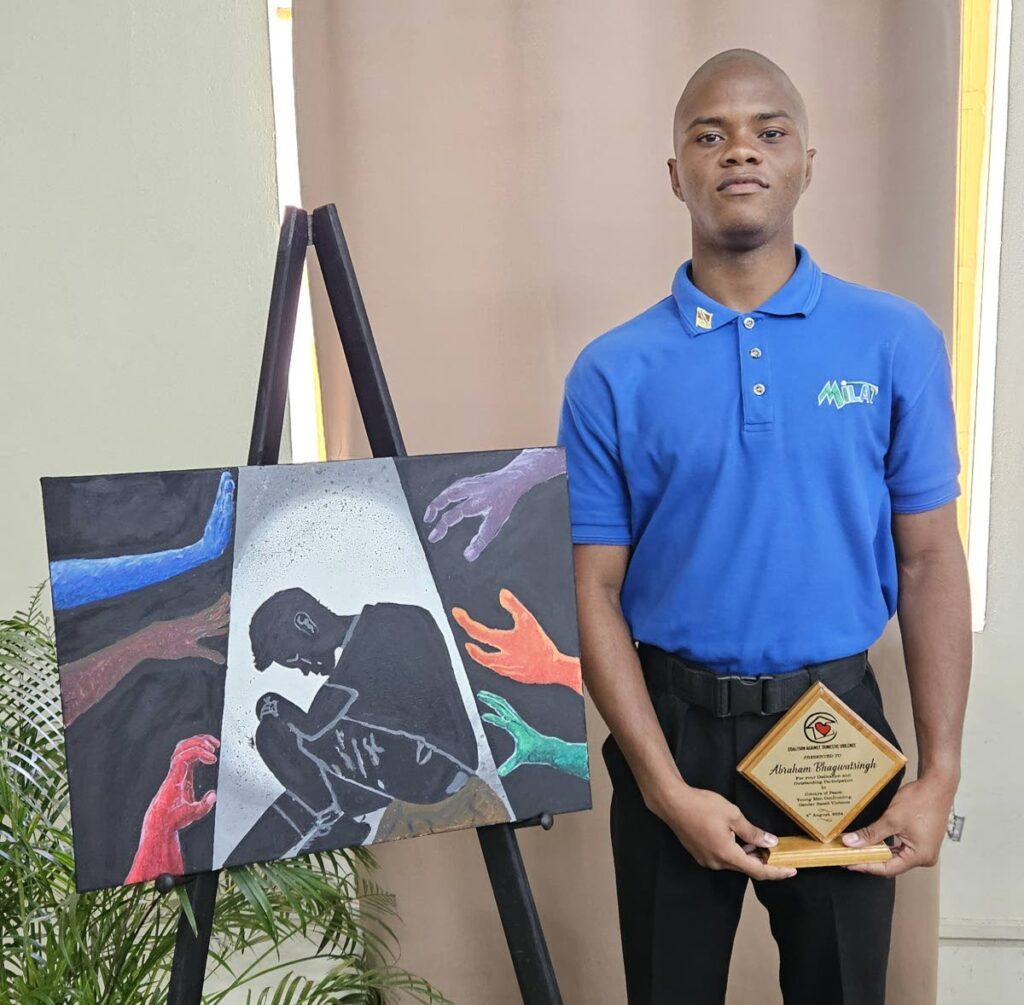
The sessions were designed to enlighten the cadets about various aspects of domestic violence, with a particular focus on the portrayal of masculinity in the media. The aim, to equip them with the critical thinking skills necessary to discern and challenge harmful stereotypes.
The cadets participated in a series of workshops that delved deep into the roots of domestic violence. They explored the correlation between violent behaviour and dysfunctional family environments, understanding that violence often begins within the home.
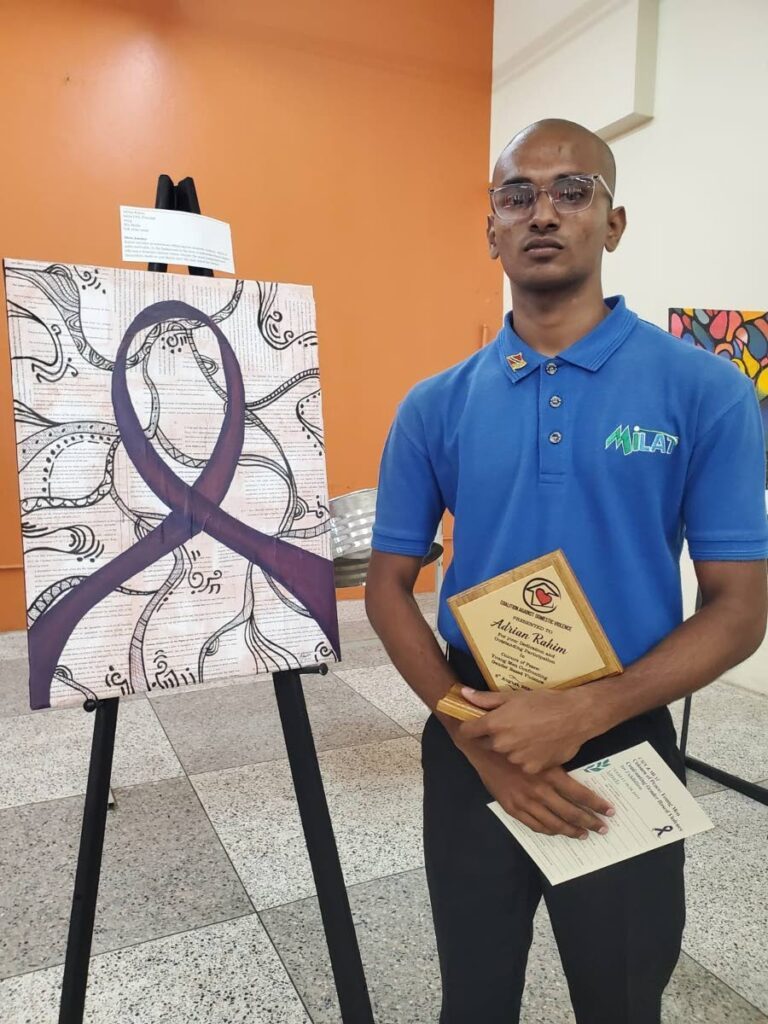
This assertion was reinforced by Gail Sooknarine, CEO of UWTT. In her address at the art exhibit, she said, “In the past decade, the troubling trend of violent behaviour underscores the urgent need for earlier intervention to disrupt the cycle of violence and bring to the fore, the challenges posed by domestic violence.”
The sessions emphasised the importance of fostering respectful masculinity and the role of young men in ending gender-based violence. The cadets were encouraged to reflect on their own experiences and societal influences.
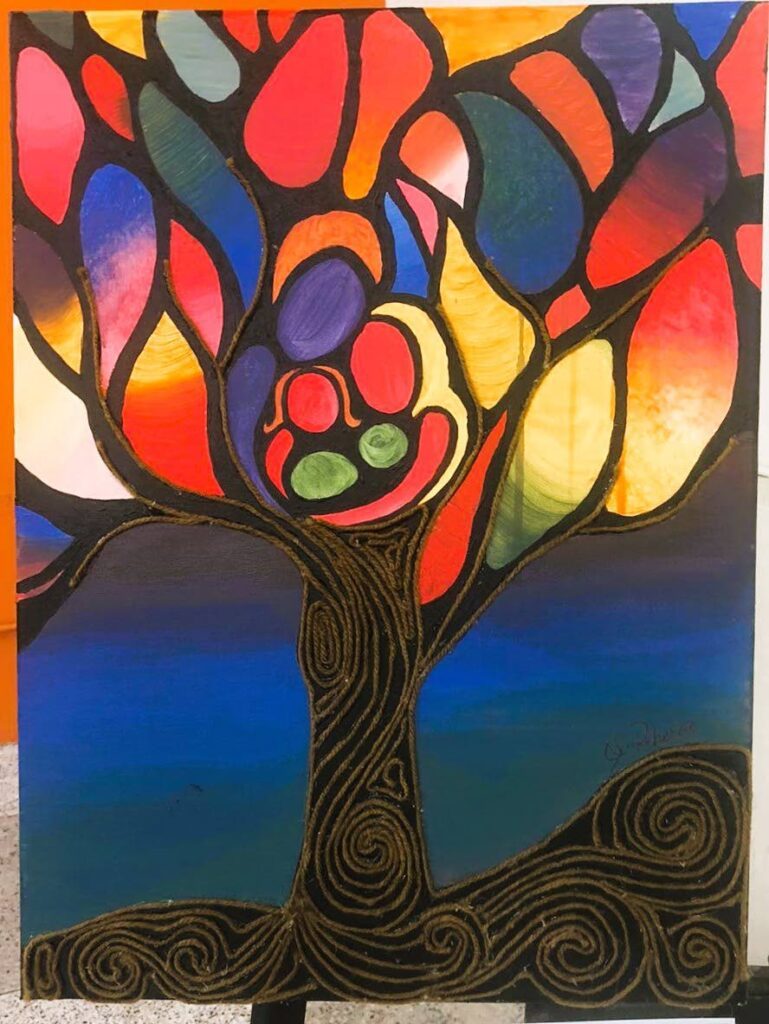
Through open discussions, role-playing and interactive media analysis, they began to see the impact of their actions and words on those around them. The workshops also highlighted the importance of empathy, respect, and equality in building healthy relationships.
The transformative journey climaxed with the art exhibition that served as a platform for the cadets’ diverse artistic expressions, inspired by their experiences and insights at the workshops.
Paintings, sculptures, and multimedia installations filled the space, with each piece telling a unique story of personal growth and newfound understanding. Most of the pieces captured moments of vulnerability, yet were replete with glimmers of hope.

Comments
"Young men confront Gender-Based Violence with art"